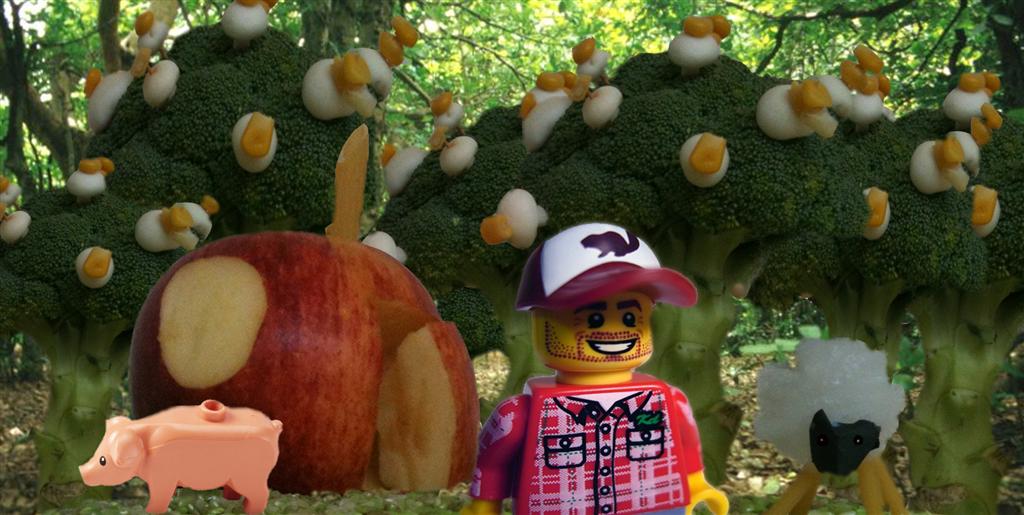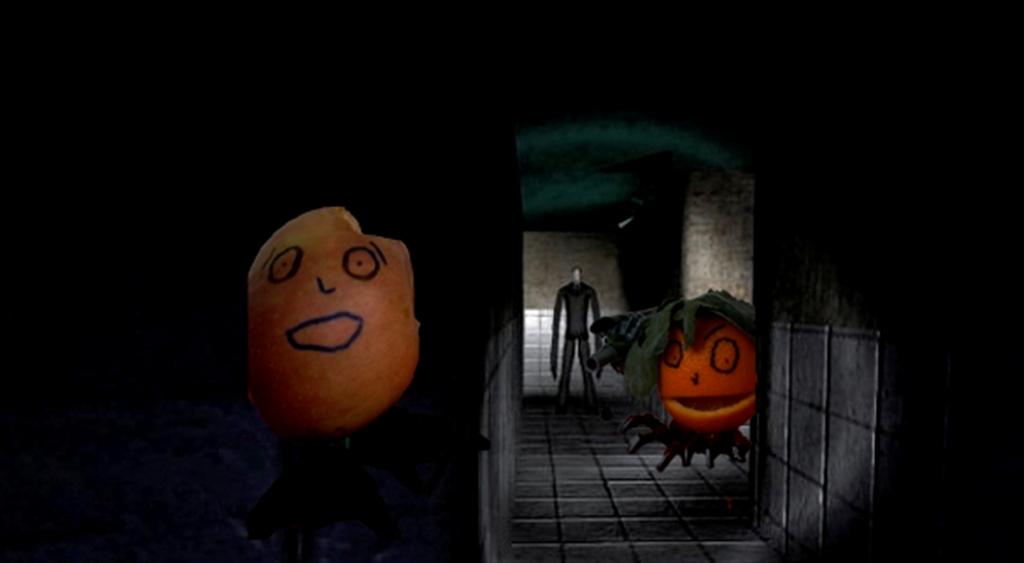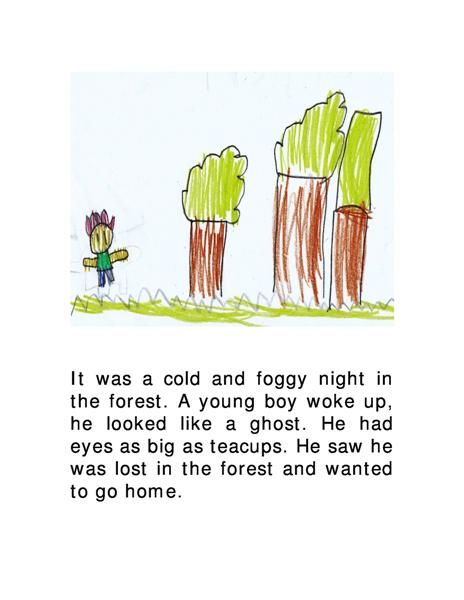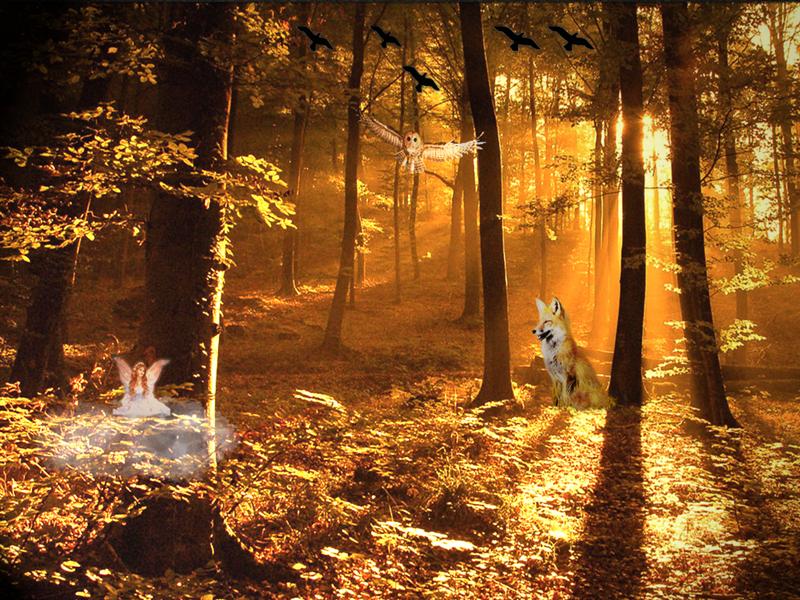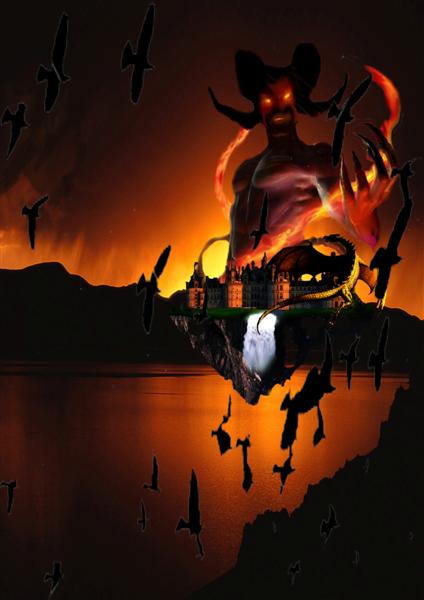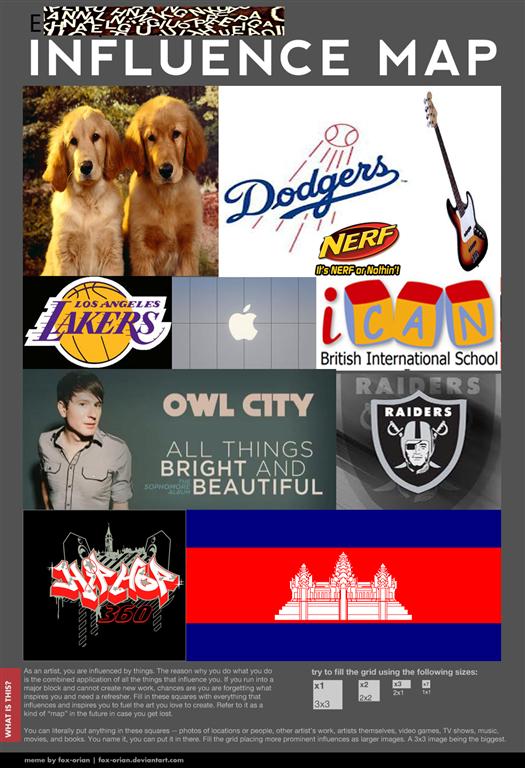Kinetic typography is an animation technique that mixes motion and typography to express ideas. In animations the text can fly, grow, expand and change in order to empower the message it is telling. It is impressive how a simple text with the right tone, pace and use of typography can evoke emotions and help the viewer concentrate more on what's being said and understand it better. We used Adobe After Effects to create Kinetic Typography for the poems the children had written in Literacy, thinking about the figurative language being used and how to convey this through type and motion. Here are a few examples that I like, I obviously didn't use the Inglorious Basterds one in class though, I just like the effects shown!
The work is impressive but took a while to produce as After Effects is a complex industry standard software, used in Hollywood as well as advertising across the world. Kinetic Typography can be achieved using Powerpoint and is quite effective although less impressive and comprehensive, however as a software most schools will have it is easy to achieve and cheap! Give it a try to liven up the children’s work! Meanwhile here is an example of the work one of my year 8 pupils did, not bad for a few hours work! The lesson plans are located in the 'lesson plans' tab and resources are in the 'dropbox' account... use them as you will!




